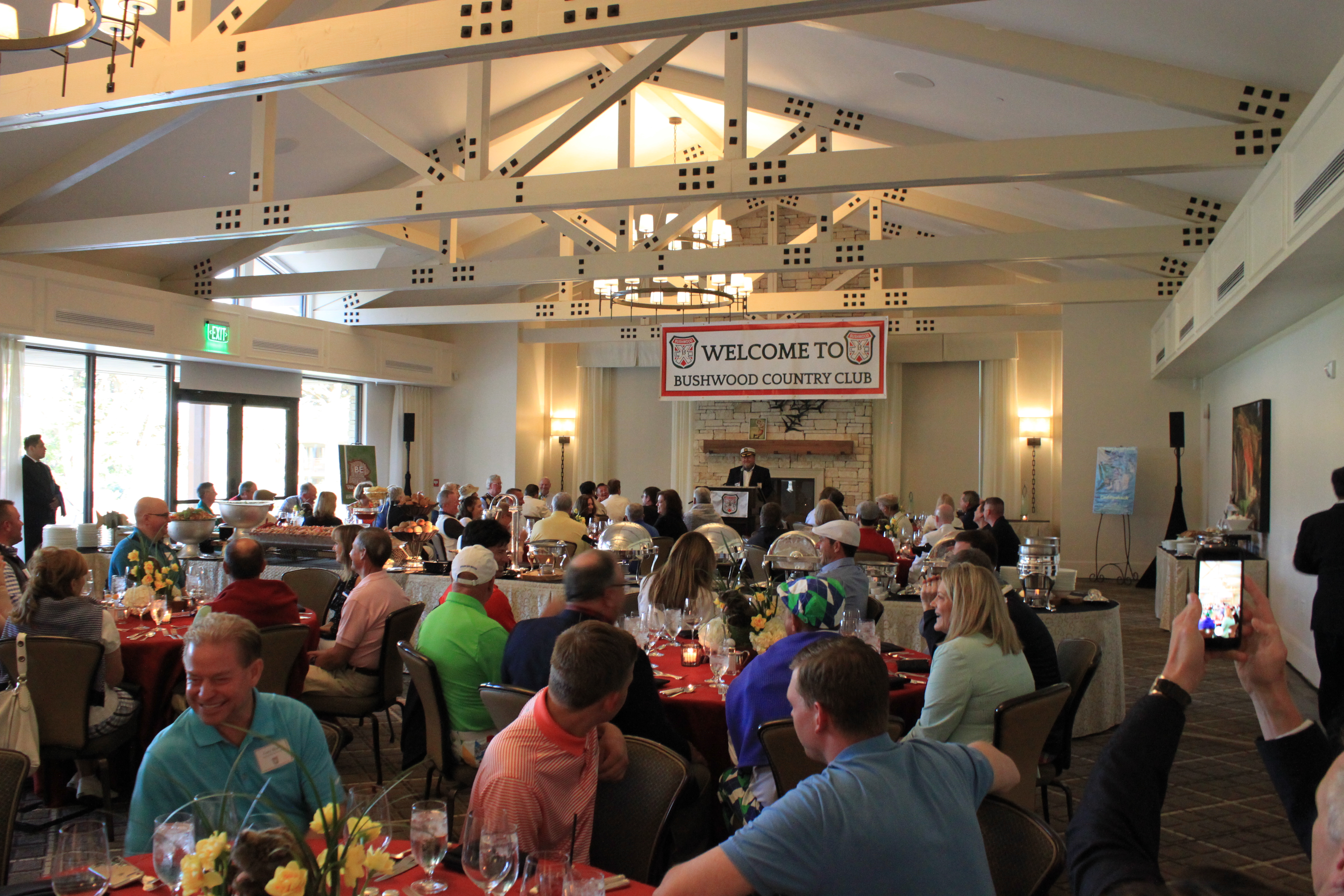There are many different types of boiler options available in the rental market. Trailer-mounted boilers, skid-mounted boilers, transportable steam plants, and of course, mobile boiler rooms.
Mobile boiler rooms are highway-legal, transportable trailer-mounted vans or containers, designed and customized to house the components of a “mini” steam plant. This includes all of the necessary equipment with the proper hook-ups to supply a given amount of steam for most any application. Major equipment typically contained within a complete mobile boiler room includes a low NOx boiler, feedwater system, duplex water softener, chemical feed system, blowdown tank, and all valving and controls required for complete steam room operation. Typical mobile boiler rooms operate on natural gas, #2 oil, or propane, and range in size from 47.5 hp to 1,000 hp with design pressures from 150 to 290 psi.
What makes a mobile boiler room advantageous for end-users is that they require no special foundations, are fully enclosed, and can sustain inclement weather conditions without the use of costly weather protection. In addition, mobile boiler rooms are aesthetically pleasing in both industrial and commercial settings.
Nationwide Boiler has provided thousands of customers with high quality mobile boiler rooms that have not only met high steam demands, but have also required quick delivery, rapid start-up, and ease of operation. In most instances, a mobile boiler room requires one knowledgeable operator with proper training on boiler control safety and feedwater quality control. Industries that utilize mobile boiler rooms range from hospitals, food processors, pulp and paper plants, colleges and universities, and light manufacturing, just to name a few.
When deciding if renting a mobile boiler room is best for you, the following factors must be determined:
Location. Mobile boiler rooms are fully enclosed units and can be transported to any facility as long as proper electrical and utility hookups are available. Mobile boiler rooms are more operational and more secure than skid-mounted systems. This enables mobile boiler rooms to be utilized in public locations with decreased operational noise disturbances and possible tampering of exposed boiler equipment.
Ease of Operation. Mobile boiler rooms are designed to be fully operational steam plants, without the need of a full-time boiler control team. As long as daily boiler and feedwater quality logs are kept, and required maintenance is performed, then costly teams of operators can be avoided.
The evolution of mobile boiler rooms continues to expand and Nationwide Boiler is committed to supplying the right equipment for your needs. Contact a Nationwide sales representative today to determine if a mobile boiler room is the right choice for you.




 announced at the end of the night that we raised at least $50,000 for the charities. Our final donation amount was $51,435, and a check was cut for each charity in the amount of $25,717.50.
announced at the end of the night that we raised at least $50,000 for the charities. Our final donation amount was $51,435, and a check was cut for each charity in the amount of $25,717.50.